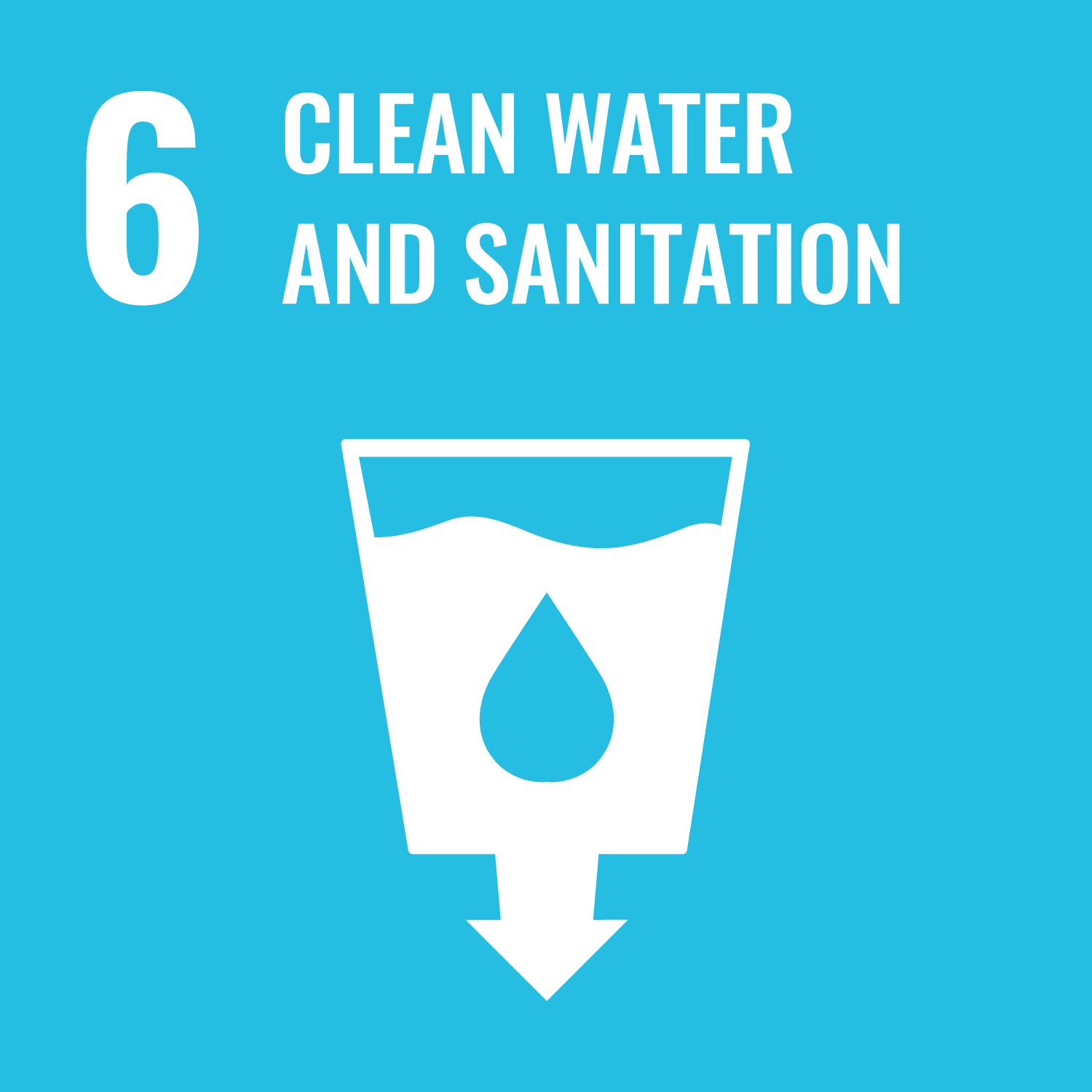Sustainability: a priority in our way of operating
Sustainability has been a strategic topic since the establishment of Nexa and has always guided our business in all aspects. This means special attention to the management of waste and tailings resulting from the activities and their constant improvement to increasingly mitigate and reduce our socio-environmental impacts.
We invest in the development of innovative technologies aimed at the reuse of tailings and waste and we have three different ways of disposing them: return to the mine (backfill), dry stacking and, finally, we dispose of the materials in dams.
Currently, only 31.8% of the tailings and waste generated by us in Brazil and Peru are disposed of in dams.




